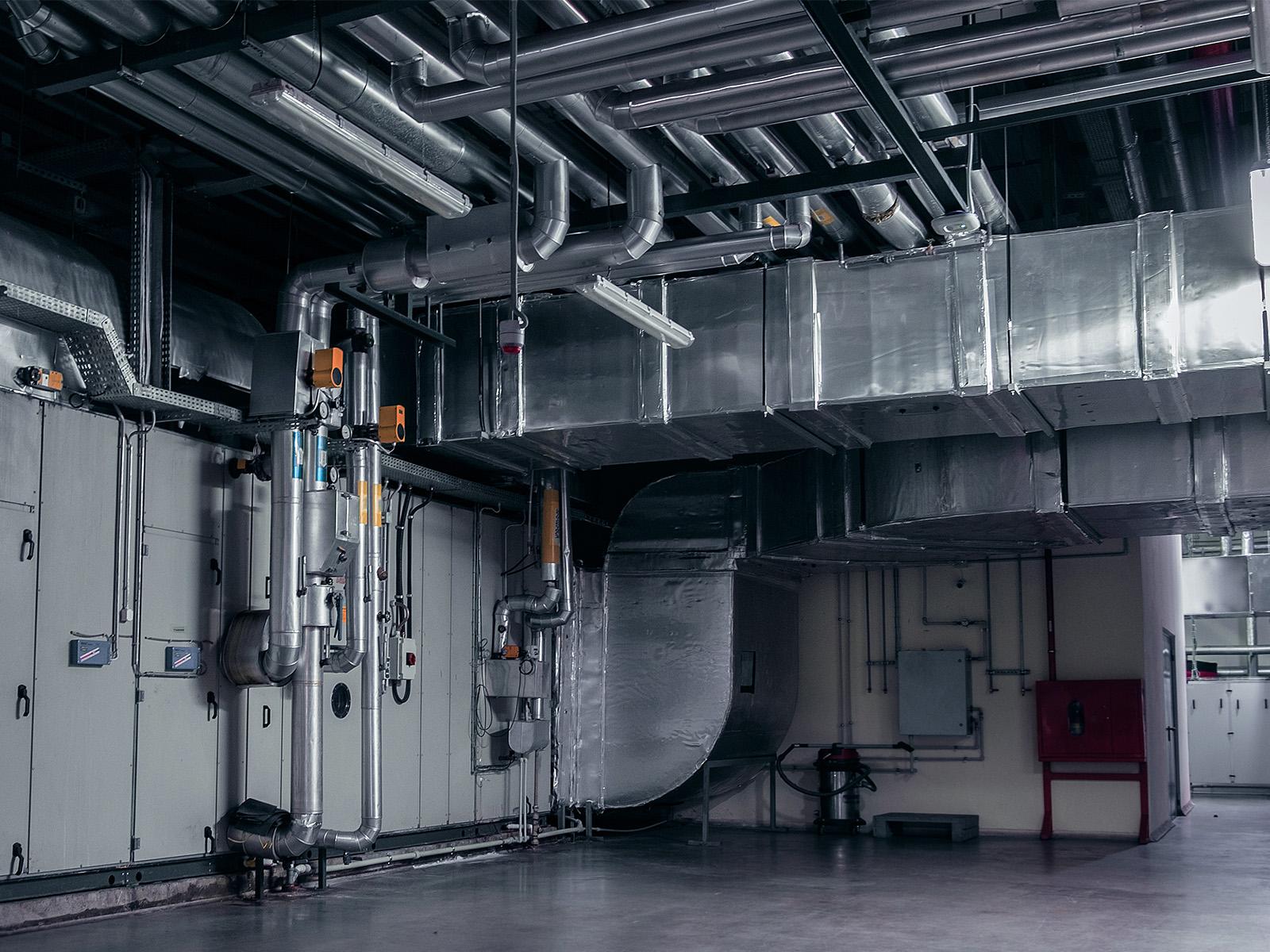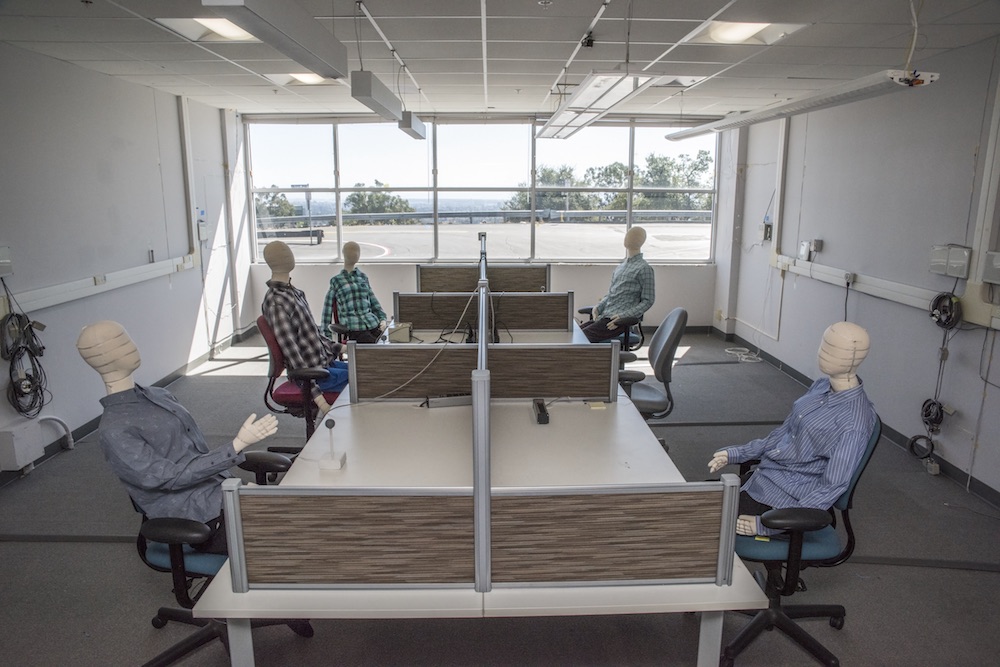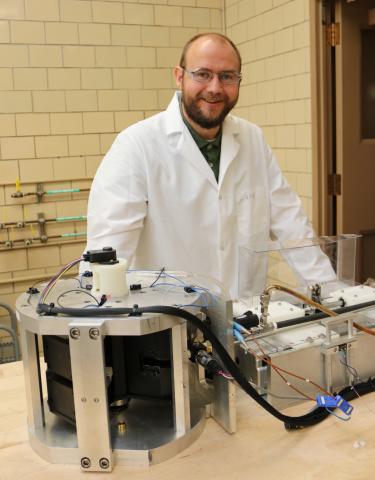The airflow from an indoor badminton court’s HVAC system and cross ventilation can affect the path of a birdie and have a significant role in play, but research published in Physics of Fluids proposes that different roof configurations could help mitigate wind drift. The authors recommend that important badminton games be played on courts with a barrel roof and a ventilation opening. The team modeled the airflow in a barrel roof stadium with different ventilation opening directions and tested this against a simulation of a flat roof to understand the roof effects.
Tag: HVAC
Bringing Together Real-world Sensors and VR to Improve Building Maintenance
A new system that brings together real-world sensing and virtual reality would make it easier for building maintenance personnel to identify and fix issues in commercial buildings that are in operation.
Improving air quality, health screenings, and public health messaging—research points to better strategies for managing future epidemics
Improving air quality, health screenings, and public health messaging—research points to better strategies for managing future epidemics
Efficient Dehumidifier Makes Air Conditioning a Breeze
New energy-efficient dehumidifier technology holds promise to reduce energy consumption in residential A/C systems and increase the range of electric vehicles.

Washington Includes Novel Efficiency Metric in State Energy Code
An HVAC system energy efficiency analysis method developed by PNNL is now included in the Washington State Energy Code.

How outdoor pollution affects indoor air quality
In a long-term study in a Salt Lake-area building, researchers found that the amount of air pollution that comes indoors depends on the type of outdoor pollution. Wildfires, fireworks and wintertime inversions all affect indoor air to different degrees.

New Research Launched on Airborne Virus Transmission in Buildings
As society prepares to reopen indoor spaces and ease back into some sense of normalcy during the COVID-19 pandemic, a team of researchers at Lawrence Berkeley National Laboratory is launching a study of the risk of airborne transmission of viruses within buildings and how to mitigate those risks.

Ames Lab’s testing device speeds the way to new refrigeration technology
The U.S. Department of Energy’s Ames Laboratory is employing a testing device that pairs materials science with engineering systems development. Called CaloriSMART (Caloric Small-scale Modular Advanced Research Test-stand), the one-of-a-kind system is being used to rapidly test new materials that might eventually be part of an entirely new kind of refrigeration technology.

ORNL, industry collaborate to advance building equipment efficiency, develop new refrigerants
Oak Ridge National Laboratory and five leading building equipment industries will collaborate to improve the energy performance of heating, air conditioning and ventilation systems and investigate climate-friendly alternative refrigerants.